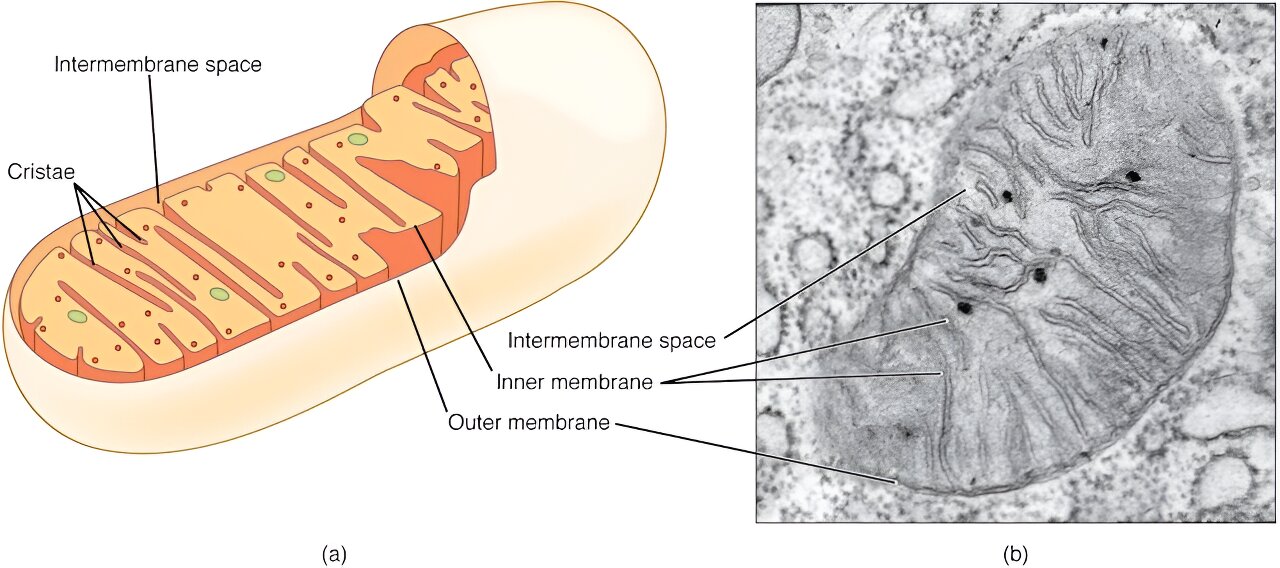The immune system may play a fundamental role along with the central nervous system in amyotrophic lateral sclerosis (ALS), also known as “Lou Gehrig’s disease,” Mount Sinai researchers report. Their study, published on June 22 in Nature, could have significant implications for diagnosing and treating the devastating neurodegenerative disease.
Until now, studies of ALS have focused on the central nervous system. But the Mount Sinai team reported both immune and nervous system dysfunctions in animal models and patients with ALS4, a juvenile and slowly progressive form of ALS, which is caused by mutations in the gene SETX.
“We learned that mutations in SETX need to be expressed in both the nervous and immune systems to generate motor impairment in mice, and that dysfunction in the adaptive immune system characterizes ALS4 in mice as well as humans,” says Laura Campisi, PhD, Assistant Professor of Microbiology at the Icahn School of Medicine at Mount Sinai, and co-lead author of the study with Ivan Marazzi, PhD, Associate Professor of Microbiology at Icahn Mount Sinai.
Further evidence of immune system involvement, she adds, was detected in the high concentration of CD8 T cells — which are usually involved in the destruction of tumors and cells in the body that harbor pathogens — in the spinal cord and peripheral blood of ALS4 mice and patients. Those increased CD8 T cell populations, known as TEMRA (terminally differentiated effector memory), correlate with ALS4 disease progression.
ALS is characterized by the progressive death of motor neurons, which severely impacts the functional ability of patients in a host of ways, including preventing the movement of arms and legs, speech, swallowing, and, eventually, breathing. There is no treatment or cure for ALS. Researchers have focused their efforts over the years on neurons, though more recent studies have shown evidence of interaction between the central nervous and immune systems, long considered separate compartments.
The Mount Sinai study, in collaboration with neurobiologist Albert La Spada, MD, PhD, from the University of California, Irvine, is one of the first to address whether the adaptive immune system, which builds up the body’s protection as it is exposed to foreign pathogens, could be linked to some forms of ALS.
“There is a great need to understand if neurodegeneration is caused or aggravated by immune dysfunction,” explains Dr. Campisi.
For their study, researchers analyzed mice and human samples with state-of-the-art technologies like mass and spectral cytometry and single-cell sequencing. “Our finding that peculiar immune signatures distinguish different forms of ALS could be significant for designing ‘personalized’ treatments tailored to specific subgroups of patients,” she notes.
An added advantage is that dysfunctional CD8 T cells linked to ALS4 can be detected in the peripheral blood, which is easily accessible compared to cerebrospinal fluid, which requires an invasive procedure for collection. Another observation by the Mount Sinai team — that TEMRA CD8 T cells associated with ALS4 protect mice against glioma, a type of cancer that occurs in the brain — opens the door to further therapeutic research in this area.
“Our discovery of a link between the immune and central nervous systems in ALS4 disease has immediate implications for other types of ALS, other neurodegenerative disorders, and for cancer,” said Dr. Marazzi. “In addition to making important inroads into the pathogenesis of ALS, our work underscores the pioneering work of Mount Sinai researchers in the fields of neuroscience and immunology.”

